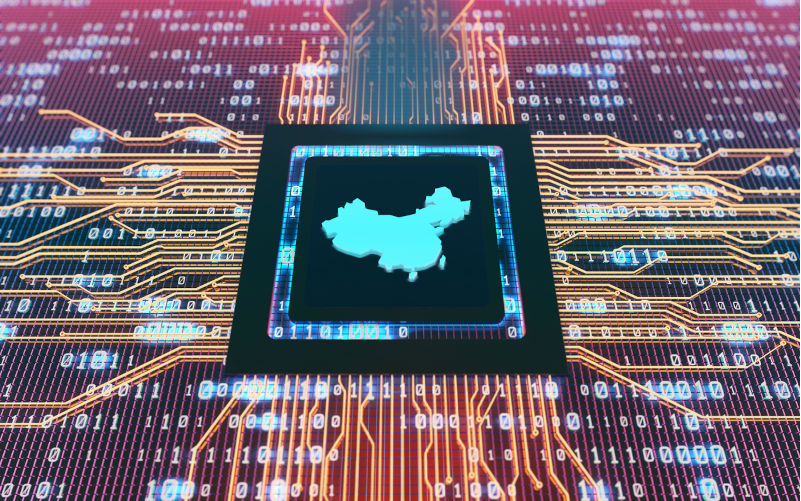A dozen days ahead of this Chinese New Year, a large-scale exhibition opened at the Hong Kong Museum of Art.
The event, “Cezanne and Renoir Looking at the World – Masterpieces from the Musee de l’Orangerie and the Musee d’Orsay,” showcased 52 masterpieces, featuring how the pair innovatively reinvented the art of their time and captured the rapidly changing era around them.
Exhibition goers immersed themselves in the paintings and their art history, as the two great impressionists appeared to gaze back, contemplating both the present and the future.
Impressionist art was far from mainstream in their time. When describing impressionist Claude Monet’s “Impression, Sunrise,” art critic Louis Leroy said that “wallpaper in its embryonic state is more finished than that seascape.”
But today, impressionist art is highly valued and stands as a beacon of inspiration for later painters. The popularity and success of this Hong Kong exhibition have proved it, once again.
Stepping out of the Hong Kong Museum of Art, art enthusiasts could see a nearby high-rise with a sign of UBS, a multinational investment bank and financial services company founded and based in Switzerland, displayed on the rooftop. Its tagline in Chinese on the front of the building could be translated as “pioneering the future.”
Investment is about realising potential and preparing for the future. Exceptional investors are like keen-eyed art connoisseurs – they identify true value before it is widely recognised and seize the opportunity with full confidence. UBS is among the global capitals that are investing in China’s tech industry and looking beyond the present moment.
The Australian Financial Review reported in February that UBS Global Wealth Management’s Asia-Pacific investment office was all-in on the global rally in AI stocks, with a special focus on the Chinese technology sector.
Following the Chinese New Year, the rally in Chinese stocks was expected to accelerate, fuelled by the emergence of DeepSeek, which turbocharged the country’s AI adoption and sparked a surge of investment into the stock market.
This aligns with global capital’s perception of China’s tech industry and its adaptability, qualities described by many world leaders and celebrities in their Chinese New Year messages as traits of the snake.
The enthusiasm surrounding DeepSeek was reflected in the sharp rally in stocks, with the MSCI China Index, up 26.5% from its January low, gaining nearly 18% this year. The Hang Seng Tech Index, which tracks the 30 biggest technology firms listed in Hong Kong, hit its highest in nearly three years on 21 February.
During this period, three key “notes” stood out, offering the rationale behind this fund flow.
Based on the experience during the 4G, 5G and cloud computing eras, “it would seem that we are less than halfway through the rally” driven by DeepSeek, UBS strategists wrote in a note, adding ample liquidity and lower interest rates should help AI-related names further re-rate.
“Global investors are starting to reassess China’s investability within the tech and AI space, after an extended period of limited attention,” Morgan Stanley strategists wrote in a note.
Compared to their US counterparts, Chinese tech stocks had often traded at a steep discount, suggesting they have been undervalued, especially when considering the rapid growth and innovation in the tech sector. David Chao, a strategist at US money manager Invesco, pointed out that similar to the AI development gap narrowing, the valuation gap is also closing.
From limited attention to re-rating, funds recognise the vast earning potential of the country’s tech industry, much like the historical revaluation of impressionist art.
DeepSeek and other Chinese AI models have “altered the narrative of China technology, re-rated investors’ optimism about the growth of and economic benefits from AI”, Goldman’s strategists wrote in a note to clients. The technological breakthrough could boost Chinese corporate earnings by 2.5% a year for the next decade through productivity gains, cost savings and new revenue opportunities, according to the bank.
Looking ahead, more policy support for foreign investment, along with capital flow in the stock market and other sectors, is on the way.
On 19 February, China issued an action plan for stabilising foreign investment in 2025, which emphasises encouraging foreign equity investment in China to attract more high-quality foreign direct investment in the country’s listed companies.
The plan supports foreign enterprises participating in China’s new industrialisation, with a focus on high-tech fields.
It calls for clarifying standards for the government procurement of domestic products, and ensuring equal opportunities for domestic and foreign-owned enterprises.
“We are looking forward to seeing this implemented in a manner that delivers tangible benefits for our members,” Jens Eskelund, president of the European Union Chamber of Commerce in China, said in a statement.
Greater clarity on public procurement requirements is a “notable positive”, the chamber said.
Moreover, the National Development and Reform Commission of China said on 18 February that it would revise and publish a new negative list for market access as early as possible, and would continue efforts to ensure fair private sector access to the competitive infrastructure sector and major national scientific research facilities.
This followed a high-profile symposium focusing on private enterprises held in Beijing on 17 February.
On 26 February, Hong Kong’s Hang Seng index climbed 3.63% in its last hour of trade. Gains were led by the consumer and technology sectors as the city pledged in its budget announcement on the same day to develop itself into an artificial intelligence hub, allocating HK$1 billion (US$128.6 million) toward AI research and development.
Despite the challenges posed by geopolitical tensions, restrictions and protectionism, global investors are increasingly turning their attention to China in this era of globalisation.
As The New York Times remarked on the 150th anniversary of the Impressionist Movement in 2024, “The artists who became the impressionists took seriously what we now often fear: that when life changes outwardly, culture must change inwardly.”
Zijian Qi
Zijian Qi, managing editor, Xinhua News Agency, Sydney Bureau
